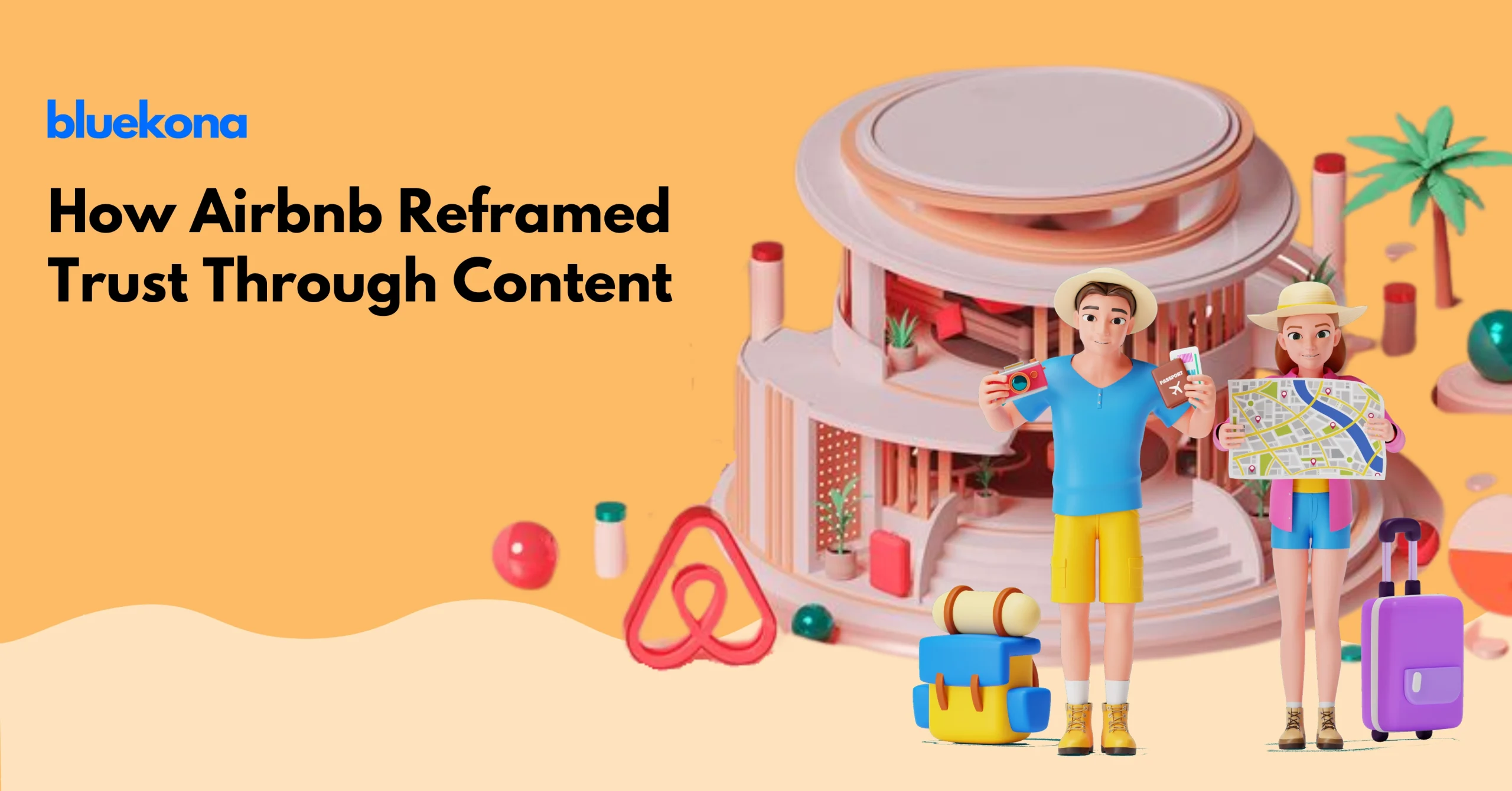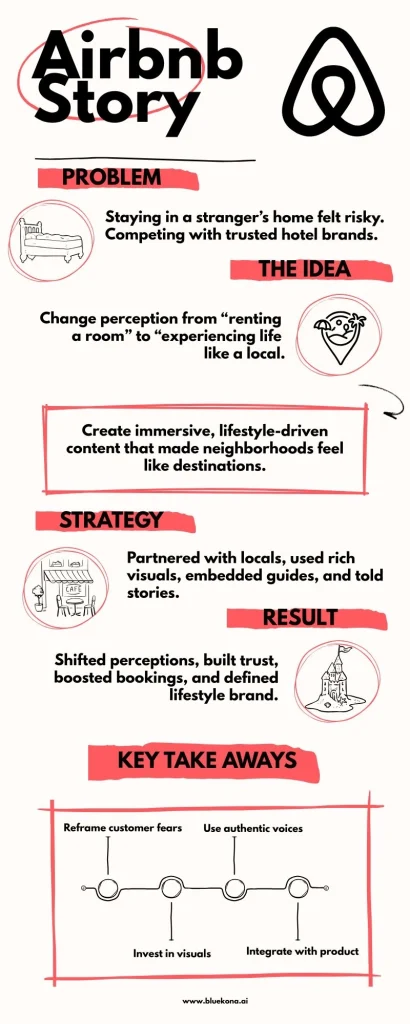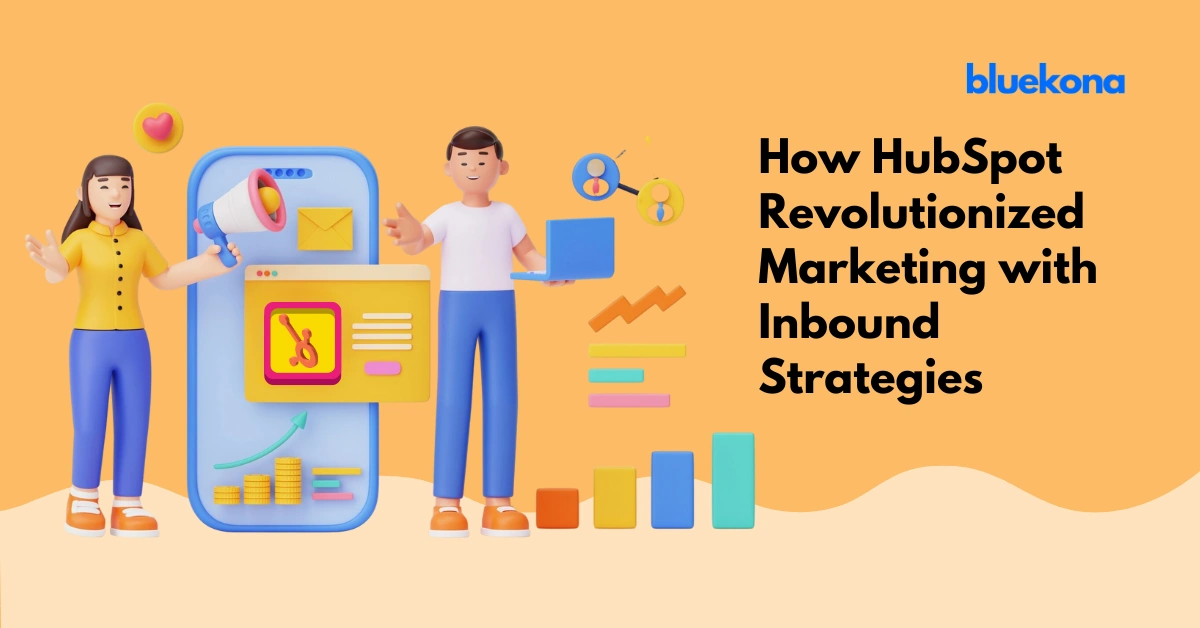If you’ve scrolled TikTok or Instagram lately, chances are you’ve met Duo, the green owl.
Duolingo is everywhere. Reels, tweets, memes, YouTube Shorts — all spun from the same simple ideas, but adapted so cleverly they feel brand new every time.
It’s tempting to chalk this up to luck. Viral mascots. Funny scripts. But that’s missing the point.
Duolingo built a repeatable content system that reuses and repurposes content at scale, without losing authenticity. It’s a machine, not magic.
Today, I’ll break down exactly how this system works, why it’s so effective, and how you can clone it for your own brand — even if you’re working solo and can’t afford a social media team.
Step Inside Duolingo’s Content Machine
Let’s pull back the curtain.
One consistent mascot. One consistent brand tone. Yet they show up on ten different platforms with near-daily content.
How?
They’ve mastered low-fi content on purpose. This means quick videos, memes, screenshots, and trends with minimal production — but maximum relatability.
They don’t reinvent the wheel daily. They repackage ideas instead of creating from scratch.
That’s the real Duolingo social media strategy — reuse in a way that doesn’t feel reused.
One Idea to Ten Outputs
Here’s how their machine works in practice:
- TikTok? Meme it with the owl dancing.
- Twitter? Shrink it to a one-liner.
- Instagram? Break it into a carousel with swipeable slides.
- YouTube Shorts? Add a voiceover to the same footage.
- Blog? Expand the concept with examples, then embed all the above.
Most people come up with an idea and post it once. Duolingo runs it across 5–10 outputs, milking every drop of engagement.

Why This Works
Let’s break down why Duolingo’s approach absolutely crushes it.
Familiarity = Trust
When you see Duo’s chaotic, funny personality appear again and again — even in slightly remixed jokes — you start to trust it. Humans crave patterns. Psychologically, repetition makes a brand feel reliable and memorable.
Think of it like a catchphrase on a sitcom. If Joey from Friends had said “How you doin’?” only once, no one would remember it. Because he repeated it, it became iconic. Duolingo does the same with its social voice.
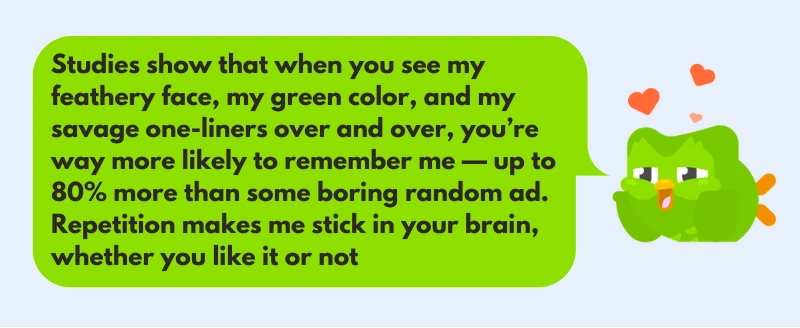
Platform Algorithms Love Volume
If you post once, even a brilliant piece of content can get buried. Algorithms on TikTok, Instagram, YouTube, and Twitter reward volume + consistency, not just originality.
Duolingo doesn’t create new ideas daily. They redistribute the same ideas in new formats, which triggers multiple algorithm boosts throughout the week.
That means one concept can get surfaced to multiple audiences — on different days, on different platforms — rather than burning out in a single post.
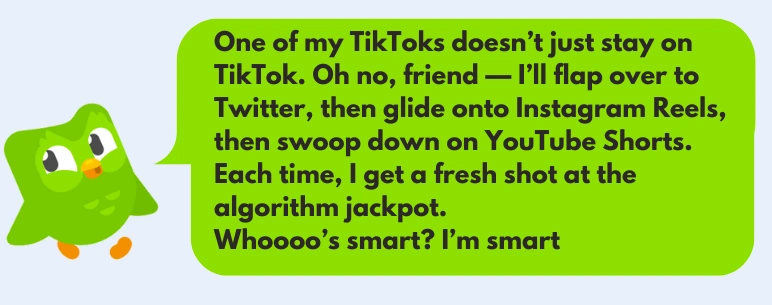
Speed > Perfection
In a feed-driven world, perfection is a trap.
If you spend weeks polishing, you’ll miss the trend window entirely. Duolingo ships content fast, then refines only if it sticks. That lets them ride cultural moments before they fade, with raw, authentic, relatable production.
Think of their iPhone-shot videos filmed in a corner of the office. That “lo-fi” look is the point — it blends perfectly with the native feed, and avoids the overproduced, stale brand vibe people ignore.

Team Efficiency
Here’s the secret to Duolingo’s insane output: they aren’t making more ideas, they’re multiplying them.
If you build a system to slice, dice, and remix one idea into 5–10 platform-optimized posts, your team avoids burnout while publishing way more.
That means:
- Fewer approvals
- Faster turnaround
- More consistent brand voice
And consistency builds familiarity, which brings us full circle to trust — the ultimate brand advantage.

Bottom line? Duolingo’s reuse machine works because
- Audiences trust repetition
- Algorithms reward frequency
- Lo-fi speed beats polish
- Your team (or you solo) can stay consistent without burning out
It’s not luck. It’s a system — and it’s 100% stealable.
Why Manual Repurposing Fails?
Let’s get brutally honest, most people try to repurpose manually, and then quit. Here’s why that approach fails — almost every single time.
Too Many Tools, Too Many Steps
You’re writing scripts in Google Docs, then jumping over to Canva for graphics, then chopping video in Premiere, then adding captions by hand in yet another tool. It’s a productivity nightmare. Every switch costs you time, attention, and money — and slows your entire workflow to a crawl.
Rewrites Feel Like Starting Over
Ask any creator: taking a 1,000-word blog post and rewriting it for Twitter can feel like starting from scratch. Your brain freezes because it has to shift style, tone, and structure. It’s exhausting, and most people procrastinate rather than power through.
Scaling Dies at the Second Platform
Sure, you might repurpose manually for Instagram and TikTok. But what happens when you add Twitter? Or YouTube Shorts? Your system crumbles. Manually adapting every post to multiple platforms is simply too heavy to sustain at scale. Burnout is guaranteed.
Creative Fatigue Sets In
The final nail in the coffin: you feel like you’re repeating yourself over and over, even though your audience hasn’t even seen most of it yet. That disconnect kills your motivation. Creators burn out because they’re mentally exhausted trying to repackage the same message, worrying it’s stale, when in reality their followers still need to hear it.
The right system, powered by AI or a structured repurposing framework, takes away all this friction. That’s how you achieve Duolingo-level consistency — without burning through your sanity or your budget.
Clone the System: Do It Like Duolingo — Without a Team
Alright, let’s get tactical. You know Duolingo’s secret, reuse with ruthless efficiency.
Now let’s build your own version — even if you don’t have a team, a video editor, or a mascot suit.
Here’s how to do it, step by step.
1. Start with a Core Asset
Pick one piece of content. That’s it. It could be a blog post, a podcast episode, a YouTube video, or even an old newsletter you wrote months ago. You do not need to start from scratch — in fact, your old content is a goldmine just waiting to be reused.
2. Drop It into Bluekona AI
Take that asset and paste it straight into Bluekona. Then, pick the formats you want like a tweet thread, linkedIn post, instagram carousel, tiktok script, email subject lines
No more blank page syndrome. No more struggling to rewrite the same idea 10 different ways.
3. Instantly Get Platform-Optimized Outputs
Bluekona doesn’t just regurgitate plain text — it actually reshapes your message to fit each platform’s native style, tone, length, and best-practice CTAs. That means less tinkering for you, and more shipping content that actually fits where it’s going.
4. Polish & Post
Now you’re working with drafts that are already 80% finished, instead of facing a cold, empty doc. Your only job is to add any final personal touches and hit publish.

Wrap-Up
Let’s make this crystal clear. Duolingo isn’t magical. They aren’t riding on lucky viral moments. They’re methodical, consistent, and ruthlessly efficient at squeezing every ounce of value out of their ideas.
You don’t need a green owl costume to pull this off. You just need a system — a repeatable machine that helps you reuse, repackage, and remix what you’ve already created.
And remember, reusing isn’t cheating. It’s the smartest move you can make. You’ve already put in the hard work once. Why let it fade after a single post?
Your best ideas deserve more life, more reach, and more engagement — without burning you out.
Don’t create more. Repurpose better.
Start with Bluekona AI.

